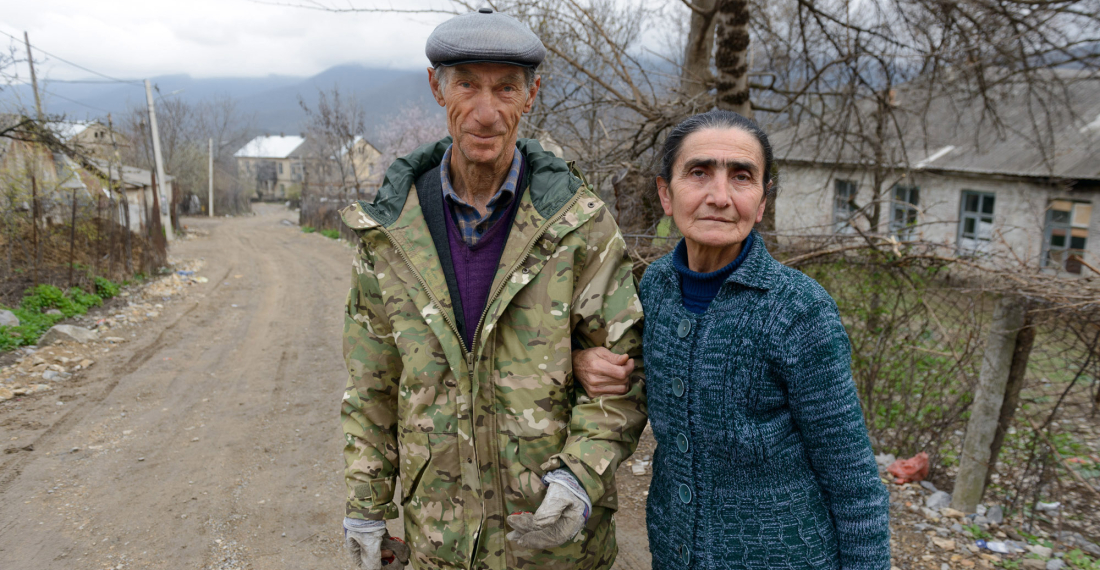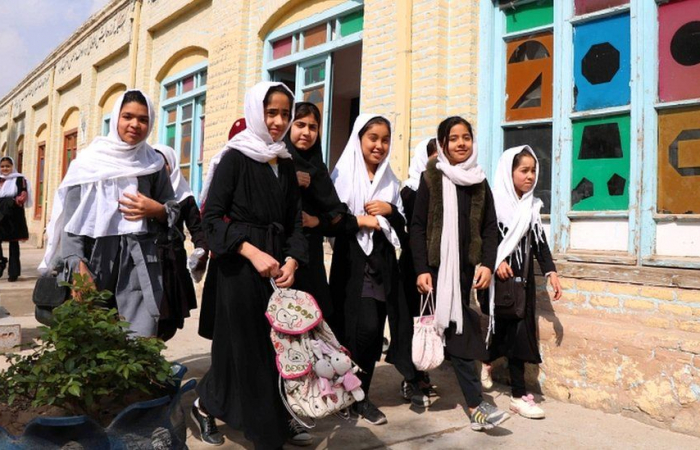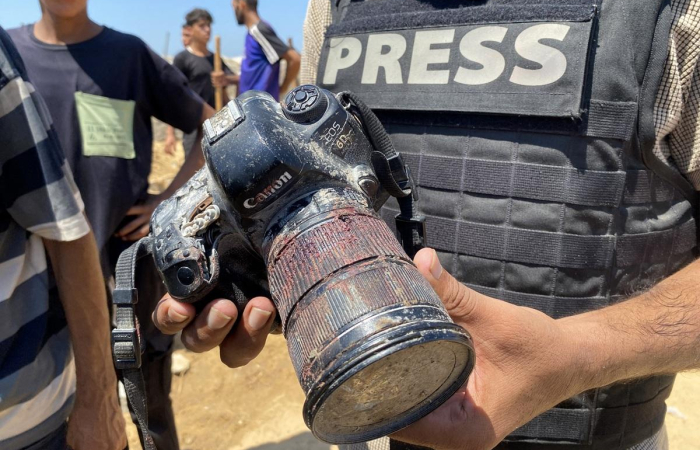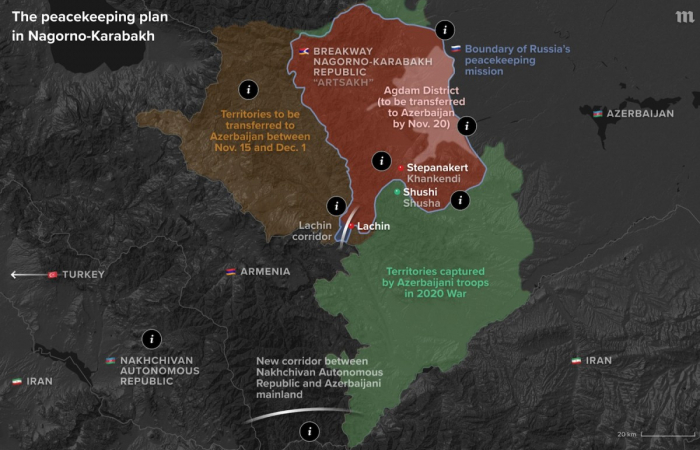“You must be glad to be here,” the bartender told my friend, a journalist for a major international media outlet just arrived that evening in Yerevan from Baku via Tbilisi. He raised an eyebrow in response as the bartender slowly poured our drinks.
“Why?” he asked, clearly confused.
“Because Azerbaijanis are Muslims, they don’t drink, and there are no bars in Baku,” she replied, somehow absolutely convinced that she was correct.
The exchange was almost comical, but revealed something deeper. Three decades of conflict had turned former neighbours into strangers. In Tbilisi, where ethnic Armenians and Azerbaijanis live side by side, it would be met with ridicule. Only last October I sat at a table where the vodka flowed as a local Armenian sang in Azerbaijani and ethnic Azerbaijanis expressed their appreciation in Armenian.
It was a glimpse of what has otherwise been lost – human contact and friendship. I think it was Thomas de Waal that told me in an interview in Yerevan in the early 2000s that one of the greatest losses in the conflict had been the exodus of ethnic Azerbaijanis from Armenia and ethnic Armenians from Azerbaijan. Today, coexistence and familiarity only exists in third countries such as Georgia.
Yet it doesn’t require much to break these misconceptions. Thousands of Armenians cross daily into Georgia’s Kvemo Kartli region, home to the largest concentration of ethnic Azerbaijanis in the country. Unlike many in Yerevan, Armenians directly across the border know this reality well, with some still crossing to trade just as they did until the mid-2000s when the Bagratashen-Sadakhlo market closed.
Otherwise, such encounters are unimaginable for others. On a 2010 trip with Armenian journalists from Yerevan through that same predominantly ethnic Azerbaijani region of Georgia, they were stunned when I pointed out that most shop signs were in Azerbaijani, a detail they had somehow overlooked or ignored despite having traveled the same road many times before.
Ironically, they were en route to a cross-border media workshop in Tbilisi meant to foster Armenian–Azerbaijani dialogue, yet not a single story of coexistence emerged from that initiative. Around the same time, incidentally, while flying from the United Arab Emirates to Georgia via Azerbaijan, I even met an Armenian passport holder on the same flight who used it several times for the sake of convenience and cost.
At baggage retrieval, Armenians and Azerbaijanis stood almost side by side, collecting luggage from flights arriving almost simultaneously from Yerevan and Baku. In Tbilisi's markets, ethnic Armenians and Azerbaijanis sell their produce at adjoining stalls. It is a reality that the media might have missed or dare not mention, but this is a disservice to their audiences.
Nonetheless, without open borders and diplomatic relations, it remains limited to Georgia. International donors could help, not by funding yet another round of exclusive meetings in Brussels or Berlin but by engaging those excluded so far – youth, teachers, farmers, local officials, and other ordinary citizens who will one day have to live with the consequences of peace – or its continued absence.
If peace is to take root, Armenians and Azerbaijanis must relearn how to live as neighbours, not strangers, and that begins not at conferences abroad, but in markets, schools, and everyday interactions in villages along the border. Here the media can play a role by covering positive stories and depicting the human face of both sides. In any referendum, incidentally, it will be those people voting.
In the early 2010s, the late Georgi Vanyan gathered residents from Noyemberyan in Armenia and their counterparts across the border in Qazakh in Azerbaijan together in a nearby village in Georgia. Analysts and activists from Yerevan and Baku were present, of course, but the bulk of attendees were from the regions that had previously been ignored. That deserves revival.
With border demarcation underway and leaders in both countries speaking of peace, the need is greater and the environment more conducive than ever. Governments will ultimately decide policy, and businesses will shape cross-border trade, but reconciliation can only happen when a broad spectrum of society is involved. It is arguably psychologically necessary too.
“Communication is not betrayal,” Vanyan told Azerbaijani media in a 2009 interview. “It is a natural human need.”
source: Onnik James Krikorian is a journalist, photojournalist, and consultant from the U.K. who has covered the Armenia-Azerbaijan conflict since 1994. Photo: Two lifelong friends, one an ethnic Azerbaijani (left) and the other an ethnic Armenian (right), in a coinhabited village in Georgia where the two groups live side by side together © Onnik James Krikorian 2017
The views expressed in opinion pieces and commentaries do not necessarily reflect the position of commonspace.eu or its partners.






